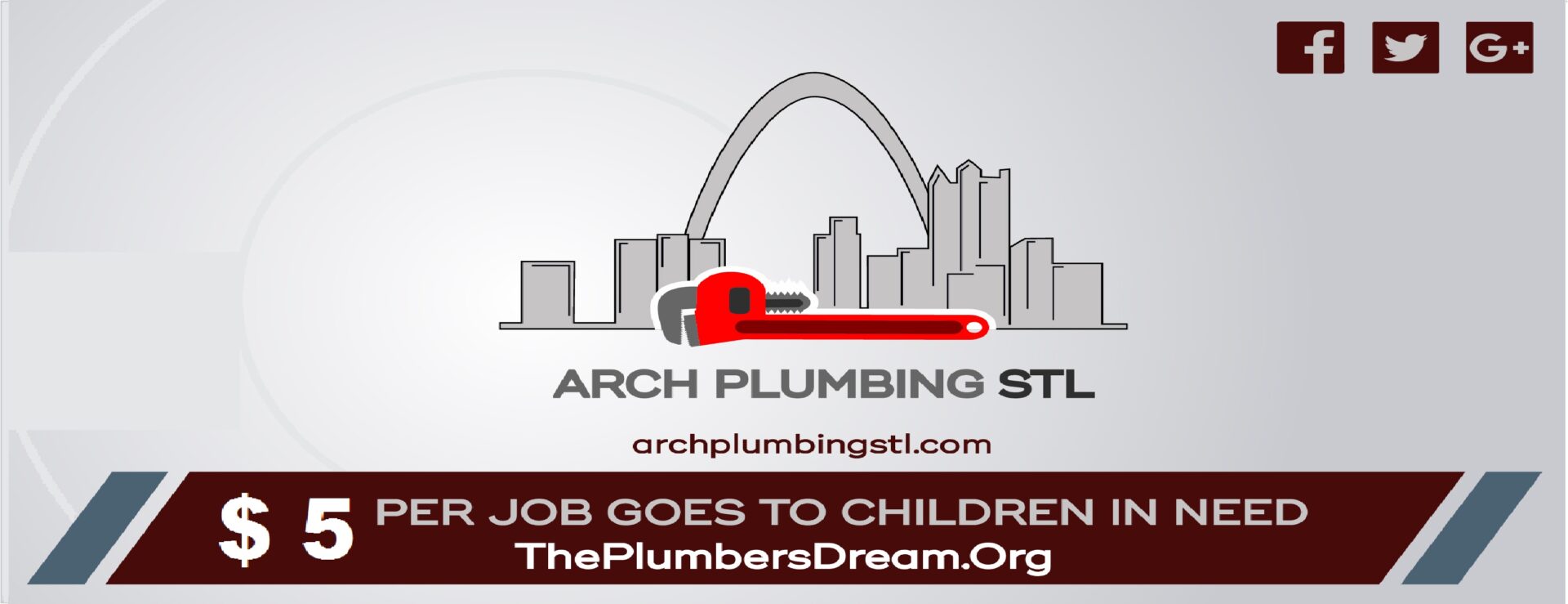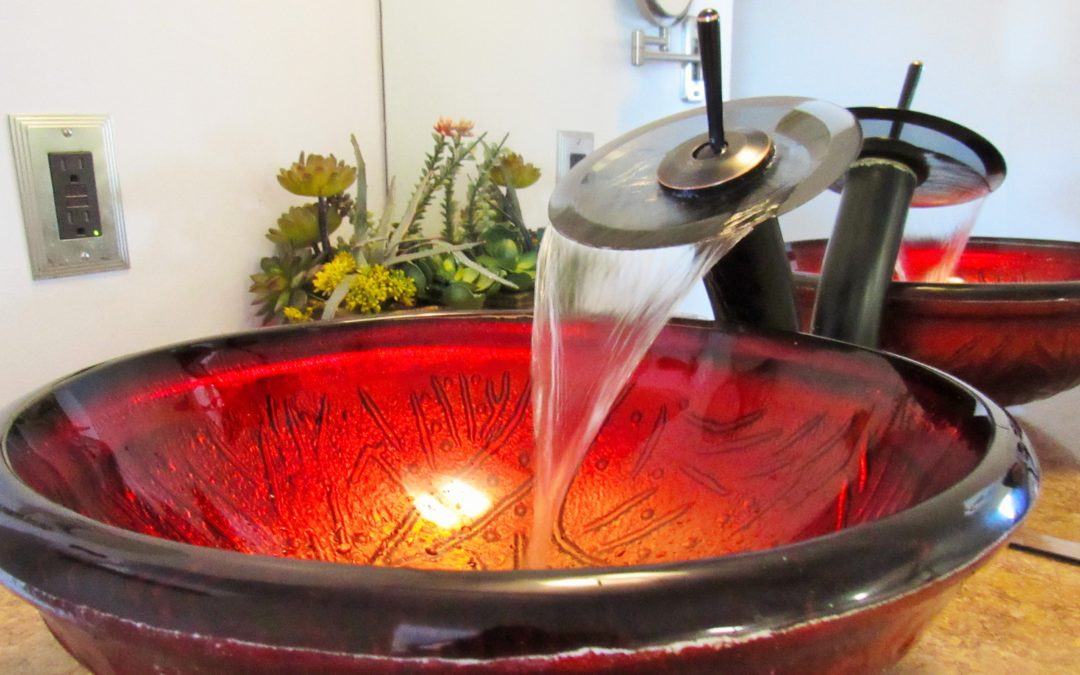Low water pressure can be pretty frustrating, causing problems such as shower heads not rinsing correctly, toilets taking forever to refill, and washing machine cycles taking longer than usual. It can affect a single fixture or even the entire house.
To check your water pressure, a qualified plumber can attach a meter. No specific reading is designated as “Approved,” but household water pressure can range anywhere from about 40 psi up to 80 psi, depending on the municipal water utility’s pressure. However, it is generally accepted that once pressure drops into the 30s, you are likely to face ongoing exasperation.
There are three probable causes of low water pressure and potential solutions:
-
Main shutoff valve not fully open:
Sometimes, the household water supply is turned off at the main shutoff valve, and it still needs to be fully opened again. Check the valve, but don’t force it open. If you know the valve was recently closed and opened, it’s best to have a plumber check it out.
-
Pressure regulator maladjusted or defective:
Municipal water pressure is usually too high for household plumbing. A regulator valve near your water meter reduces municipal pressure to safe levels. If someone made a DIY adjustment to the pressure regulator valve or if the valve is no longer functioning correctly, it could be reducing indoor water pressure excessively. A plumber can check the valve’s function and adjust or replace it.
-
Mineral deposit accumulation:
Municipal water’s mineral content, mostly calcium carbonate, may accumulate inside water supply lines over the years, gradually reducing flow and pressure. If the problem extends to the entire house, re-piping supply lines is the only remedy. However, replacing a single supply line may resolve the situation if the water pressure is limited to just one specific fixture.
Arch Plumbing is located in St.Charles, Missouri, and has been in the service business since 2008, providing quality plumbing services.



Recent Comments